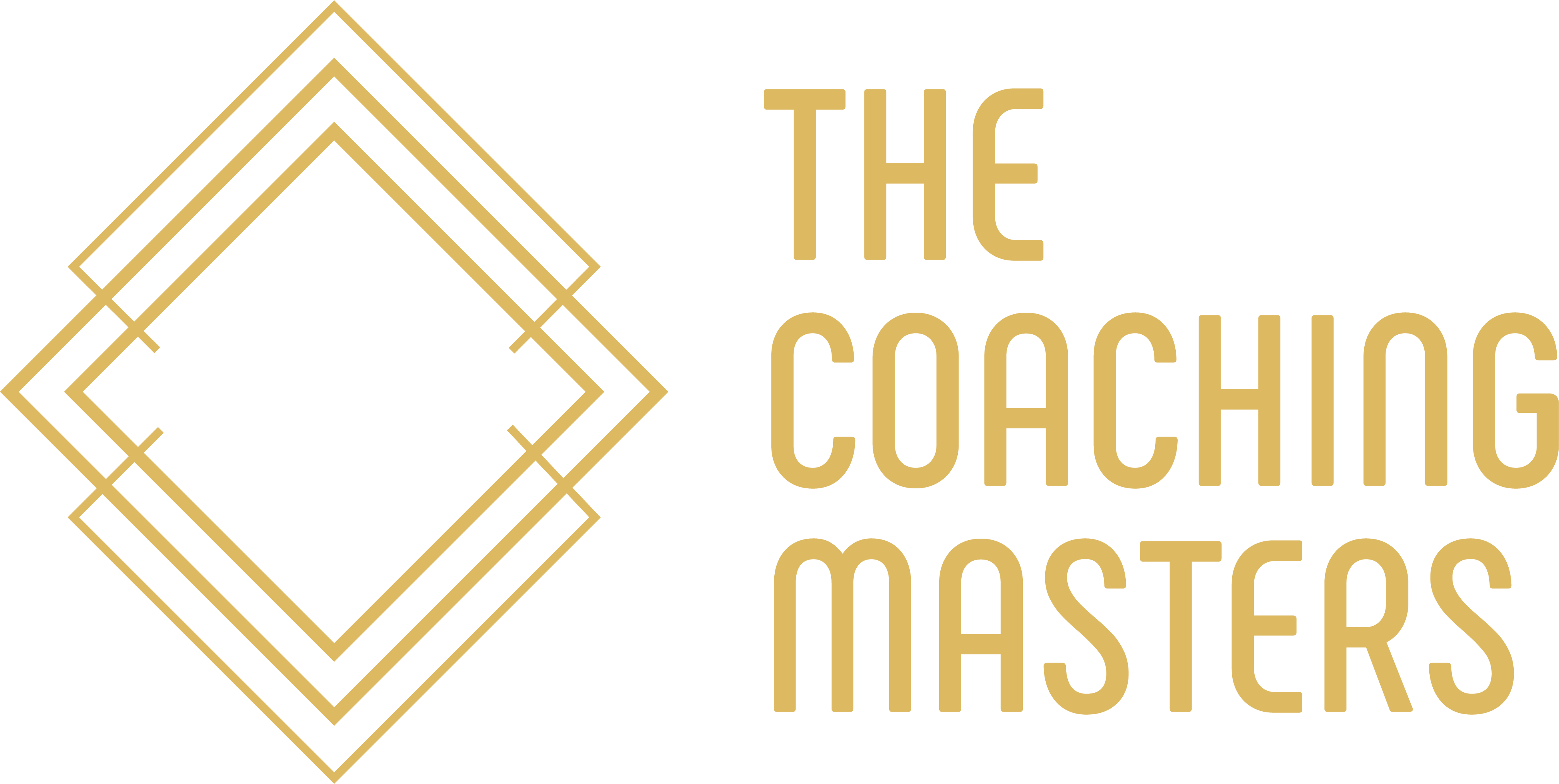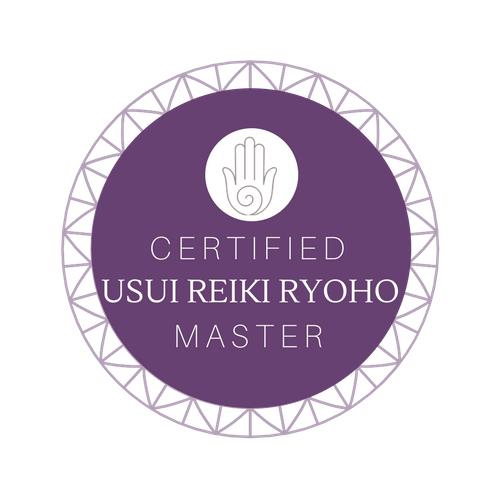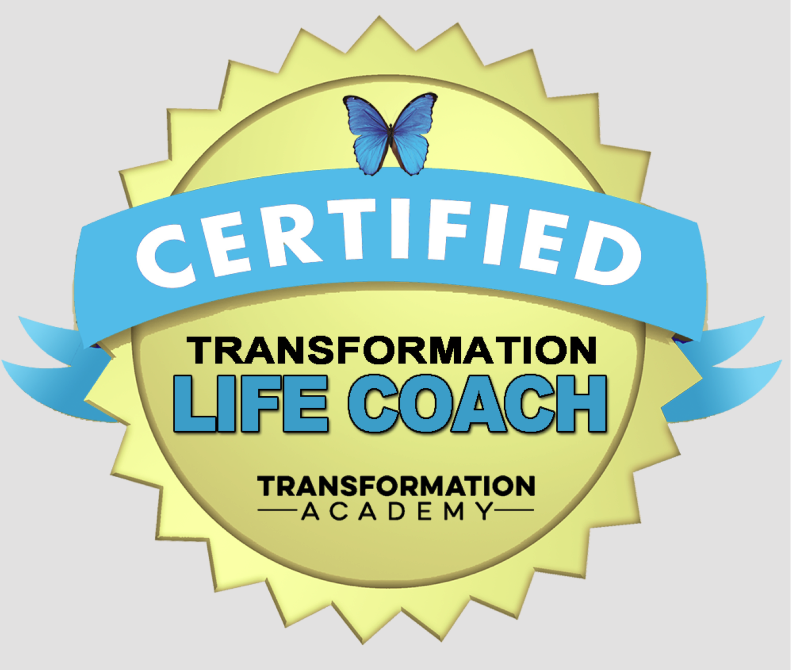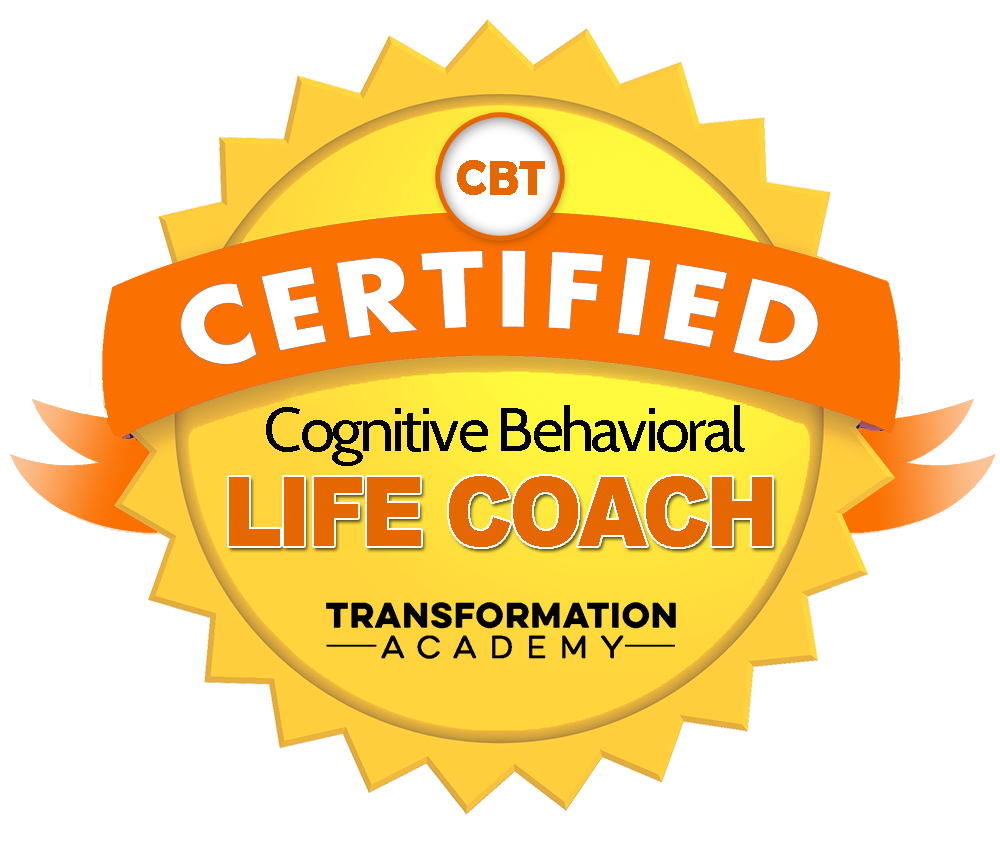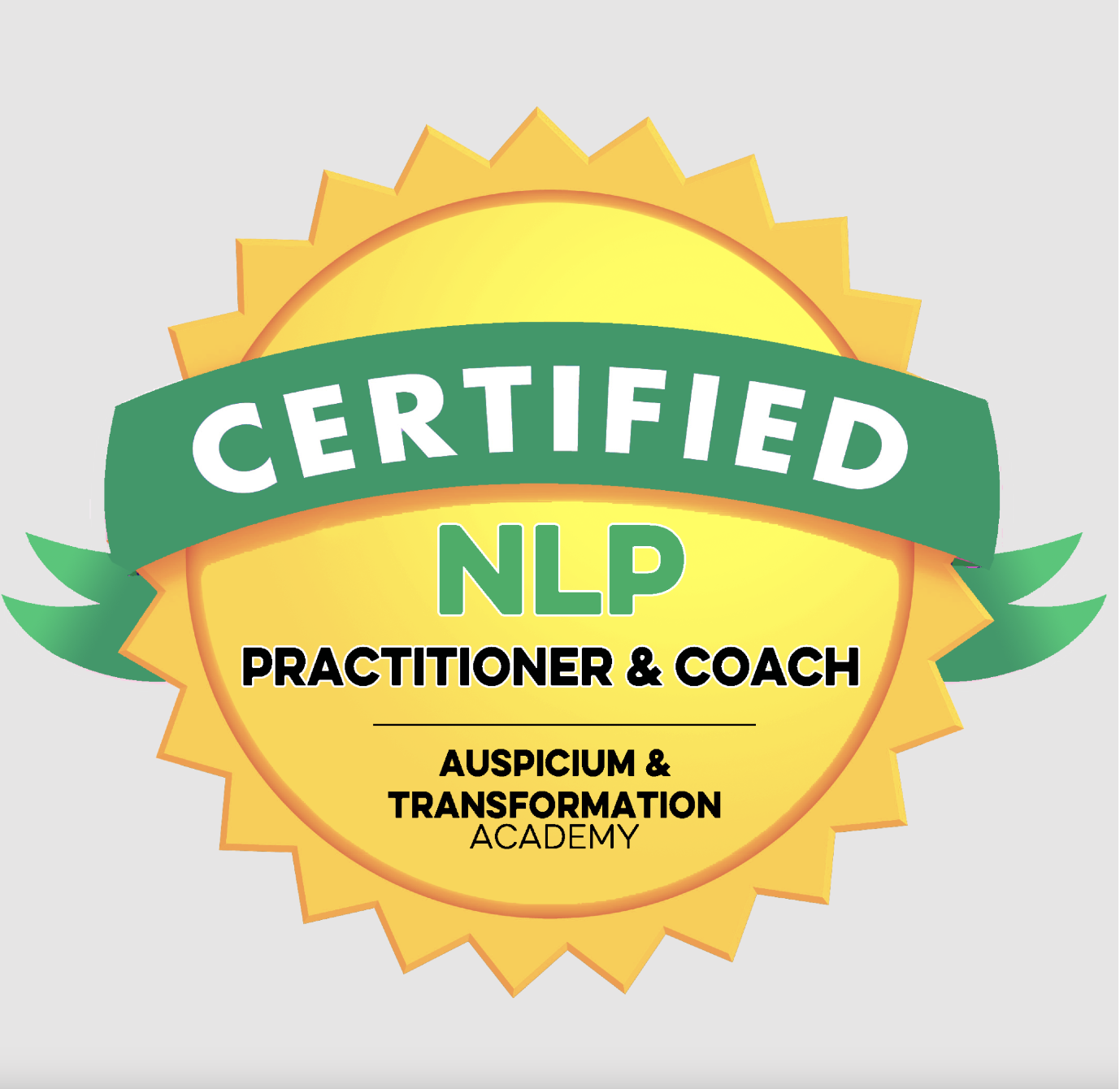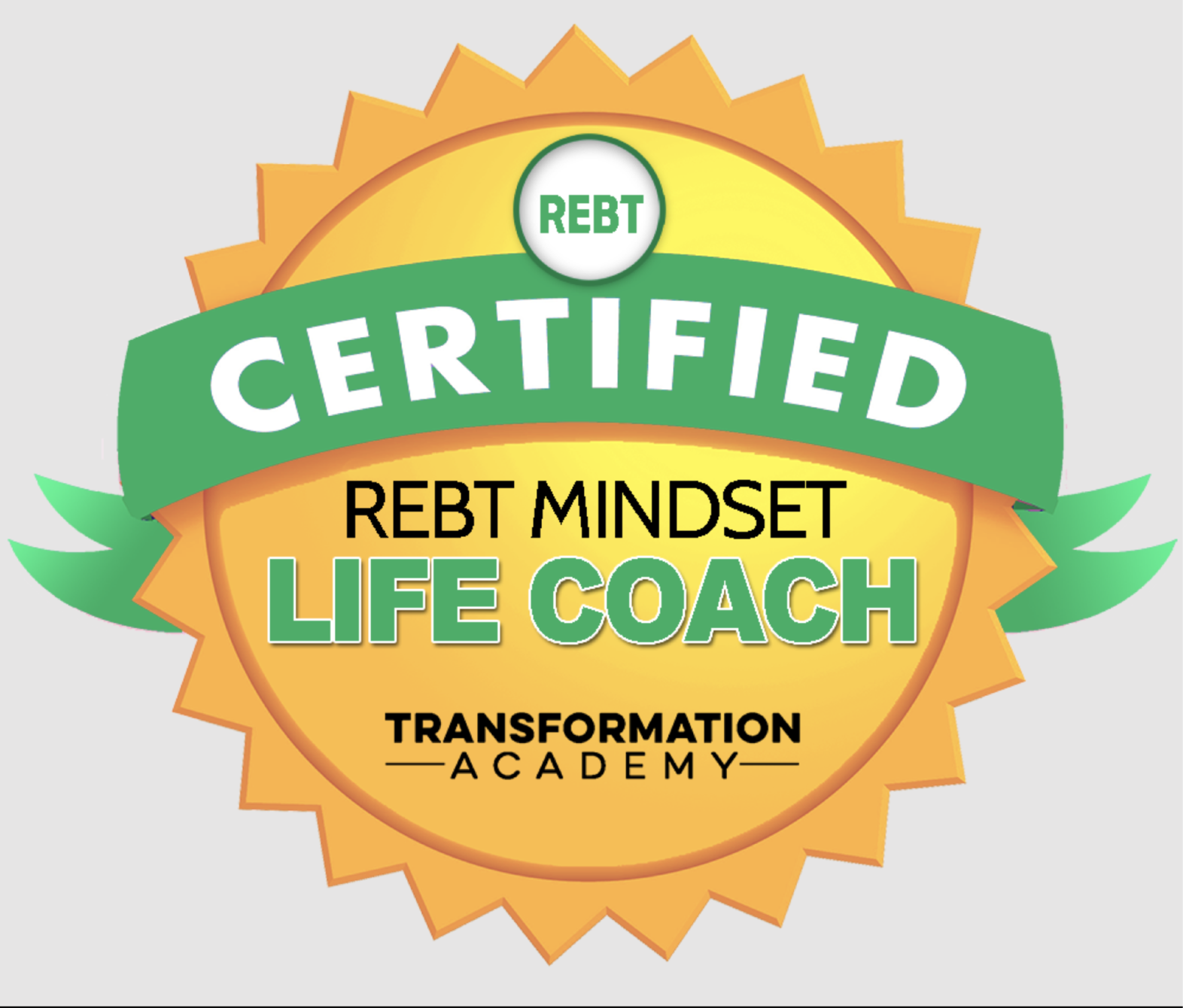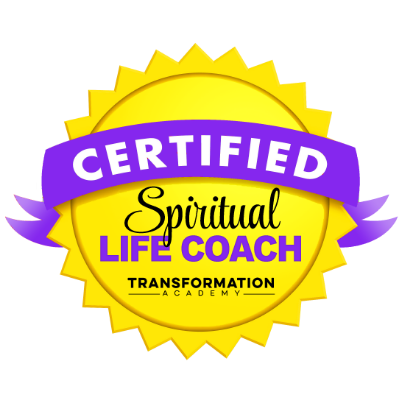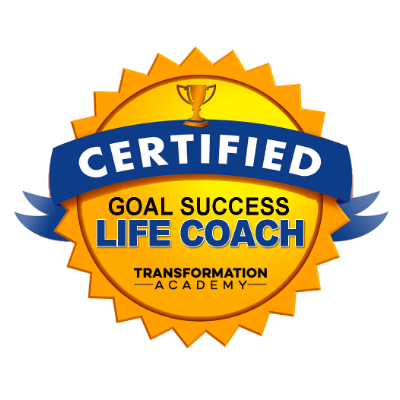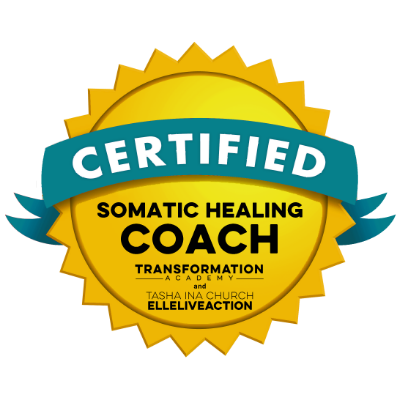Dynamic Yoga Exercises
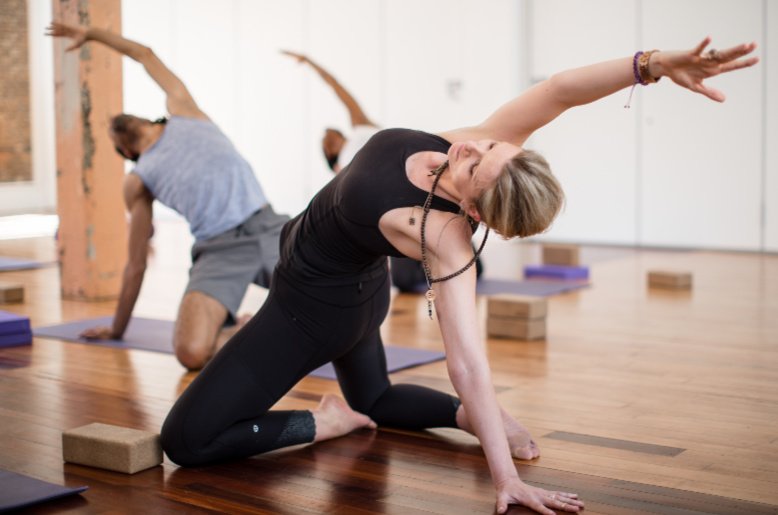
Yoga Poses And What They Achieve
Yoga has been described as a science that seeks to achieve the harmonious and balanced development of the body, mind, and soul. It is a system that allows us to bring culture, balance, and happiness to ourselves. It works via a need for strong mental discipline and the ancient theories, which it is based on regarding the interconnection between the mind and body, are now being regularly supported by modern scientific theory. Yoga consists of several different exercises or poses.
Examples of these poses are the cat and cow poses. Both are connected and begin with you on all fours on the floor. Arching the back upwards like a cornered cat places you in the cat pose and the reverse, lowering the back puts you into the cow pose.
Another common form of exercise is a forward bend that will help in the stretching of the lower back and hamstring muscles. There are several other advantages to forward bends: They release tension in the back neck and shoulder as well as increase the flexibility of the spine. Forward bends can be uncomfortable if you have any injuries in the next or back area, but regularly performing will help assist in the recovery of these injuries and even strengthen the area for the future.
The counterpart of a forward bend is a back bend. These open up the chest, hips, and rib cage area. As well as strengthening the arms, they also provide increased strength and flexibility to the shoulders. This type of exercise is fantastic at increasing the stability of the spine but is also useful for relieving built-up tension along the front of the body and the hips. The relationship between back and forward bends is a perfect example of the importance of the body's balance in Yoga.
Hatha Yoga poses were developed in India during the fifteenth century. They are designed as an aid to relaxation and healing and are usually introduced with a concept of "the contemplation of one reality". The result of using these exercises properly and in conjunction with suitable breathing exercises and meditation is an increase in vitality, physical health, and stronger mental health. Hatha Yoga exercises have become a part of numerous different Yoga disciplines over the years and it's quite common to see exercises such as the half moon posture, the bow posture of the salutation posture even if it is not Hatha Yoga you are practising. This is because the principles of Yoga and the movements and balances required are fairly consistent from one discipline to another.
Another simple Yoga exercise is doing the twist. Twists will strengthen and stretch your back or abdominal muscles and help to increase the flexibility of your spine. They also aid in increasing your body's circulation which brings oxygen supplies to your cells. This fresh blood and oxygen supply that is released as you twist will improve the functioning of your body's internal organs.
A yoga session will often begin with a standing pose. These are very good low-impact, low-stress starting points for a Yoga session. Standing poses benefit the legs and hips and help provide a sense of centring, balance, and of course strength to the legs themselves. The end of a Yoga session is usually marked by a group of poses known as Relation and Restorative Poses. This group of exercises is designed to give the positive energies and forces released by the Yoga session to move throughout your body and benefit you completely.
Here are a couple of poses you can try:
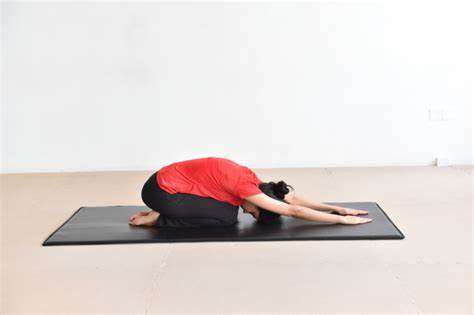
SWAYING PALM TREE POSE (Tiryaka Tadasana)
Streamlines the waist and develops balance. Stand with feet 8 inches apart and fix your eyes on a point directly in front of you. Interlock fingers and turn palms outward. Inhale deeply as you raise your arms over your head. As you breathe out, bend from your waist to your left side, not reaching forward or backward. Hold for a few seconds, then inhale deeply and slowly return to the upright position.
Repeat 5 times to each side.
CAT-STRETCH POSE (Marjari-asana)
Kneel and lean forward to place your hands on the floor below your shoulders, fingers facing forward, and hands in line with your knees. Arms and thighs should be at right angles to the floor; knees may be slightly separated.
Inhale deeply, raise your head, and drop your spine so your back is concave. Fill your lungs and hold for three seconds. As you exhale, lower your head and stretch your spine upwards. At the end of the breath, pull in your buttocks, contract your stomach muscles, and place your head between your arms.
Repeat 5 times.
POSE OF THE MOON (Shashankasa)
Sit on your knees with palms on your thighs. Close your eyes and relax, but keep your spine and head straight.
Inhale deeply and lift your arms above your head, keeping them straight and shoulder-width apart. As you breathe out, bend forward from the hips, keeping your arms and head straight. Hands and forehead should eventually rest on the floor before your knees. Bend your elbows, so that your arms are fully relaxed and hold for five seconds.
Then breathe in and slowly raise your arms and body back upright.
Exhale and return your palms to the top of your thighs. Repeat 3-5 times.
MOUNTAIN POSE (Parvatasana)
Strengthens nerves and muscles in the arms and legs, and stimulates the circulation in the upper spine.
Kneel on raised heels and stretch your arms forward so your forehead is on the floor. Breathe deeply and relax for a few seconds. Raise your hands and knees, keeping your toes tucked under and your back flat.
Inhale and push up onto your toes. Raise your buttocks and lower your head between your arms. Your back and legs should form two sides of a triangle.
Exhale, rest your feet on the floor and try to touch the floor with the top of your head. Hold the position for 10 seconds.
Click the link below to book your free clarity call or free virtual coffee chat.
Grab a copy of our newletter by completing the form below, this will then be sent to your inbox every month.
My Affirmation For The Week
"To draw, you must close your eyes and sing."
